25 Easy Seeds To Grow In A Cup
Last updated: 9/14/20
We normally view a garden as the only place to plant fruits and vegetables right?
Right! And some, if not most of us actually do just that by planting seeds straight into the Earth.
We often don’t consider the benefit of growing seeds in cups that we ultimately transfer to our garden to harvest that bounty.
With 25 easy seeds to grow in a cup, it’s time to seriously think about planting seeds in cups!
Green thumb Gardener occasionally links to product and/or services offered by vendors to assist you with all your gardening needs. Some of these may be affiliate links, meaning we earn a small commission if items are purchased.
Want to Download a Garden Hack Guide for FREE

Enter your email below and we will send you a guide to help you SAVE money in your garden.
Why Are Cups Perfect For Growing Seeds?
But why grow seeds in cups? Is it feasible?
For newbies it may sound strange and farfetched, but the good news is it can be done.
Here are five, little-known reasons why:
Space Utility
Many metropolitan and suburban areas lack space for planting. A patio, verandah, porch, small front or backyard must be used effectively.
Planting seeds in cups makes perfect sense. You don’t need to find extra space but effectively use the space you have.
More Free Time
Planting seeds in cups makes time for exploring the potential of different seeds, which seeds grow best, attention they need for nutrients, and watering.
It’s a risk-free venture as seedlings are under close scrutiny and care.

Low Cost
By comparing the cost of seeds and cups against a standard garden and materials for growing, the cost difference in favor of using cups instead of a garden becomes apparent.
A garden involves using more nutrients and accessories. Whereas a cup only requires the soil in it, nutrients, and water.
Hassle-Free
A garden needs constant attention at different spots over different plant species, so more time is needed for devoting attention to plants.
Using cups means all the different plant species are confined to a small area, so less time for managing plants. There’s no hassle!
Easy Maneuvering
When the time is right, you can simply transfer your seedlings to larger pots or a garden you’ve prepared for getting yield from your plants.
List Of 25 Easy Seeds To Grow In a Cup
1. Basil
A popular and versatile plant, basil is best suited for indoor planting with simple needs such as a six-inch planter, for under direct sunlight placement and potting soil.
When watering, avoid wetting the leaves and stem and place under direct sunlight every day.
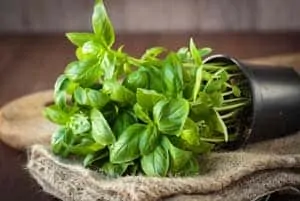
2. Parsley
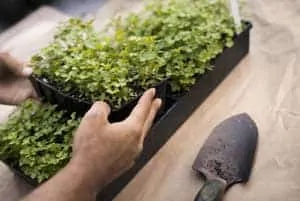
If parsley is a favorite plant for you, you’ll be happy to know that it’s amenable to initially grow in a cup without much fuss.
Little sunlight is ideal, so having a few growing in your apartment is great.
Moisten the soil without overdoing it with temperatures between 40 to 80 degrees.
It doesn’t like the cold so it’s best to bring it inside at night.
3. Strawberry
Scant sunlight doesn’t bother this very tasty fruit, so it does well in crowded spaces and under artificial light during cloudy spells.
Soil and seeds should be placed carefully in the cup. To ensure free, active growth fruits should be harvested regularly.
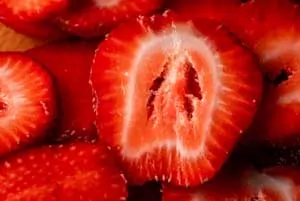
4. Oregano
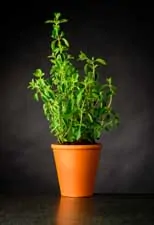
This is a sun-loving plant that loves to grow in pots or cups which tend to control its sporadic growth patterns. It grows so fast and so well, its growth needs to be regulated.
Place it in a sunny area during the day and bring it indoors at night to see it grow well under controlled conditions.
5. Rosemary
This is a herb that thrives well in small spaces, especially cups and pots, but is a little fussy about the soil it grows in. It doesn’t fancy peat moss, so the lesser of it the better, but prefers instead alkaline pH soil for strong growth.
Avoid completely drying the soil surface and allow good drainage of sand at the bottom of the cup.

6. Peppers

This veggie is a sun-lover that can absorb up to 8 hours of sunlight every day, so find the sunniest spot and lodge it there.
Apart from being succulent and colorful, they initially grow best in a cup that’s not overly small but one that gives enough breathing space for good growth.
They can be taken indoors but never forget to place them under the sun again first thing each day.
7. Chives
As a veteran of confined spaces, chives are particularly tuned in to growing in cups and are considered excellent plants for growing in cups and restricted spaces.
Chives add onion flavored seasoning to soups, dips, and potatoes.
Even though it takes a year to grow, the bounty is endless in the years following the first harvest.
It enjoys a little sunlight the whole day but a little in the cool of the house boosts harvests during the year. Be sure they get enough sunlight in winter as well.

8. Spinach
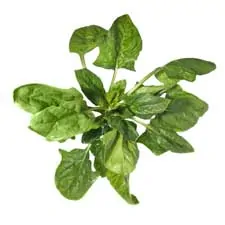
A health boosting vegetable that everyone needs to plant, and you guessed where, in cups. But for these, it’s better to use larger sized ones.
Due to the sensitivity of the leaves and stems, they should be distanced from sunlight so they don’t burn and wilt from the heat.
It’s advisable to place them in a cool spot during hot, summer days or cover them lightly overhead with light mesh. Winter is the best growing season for spinach but they should be regularly watered so the soil doesn’t dry out completely.
9. Thyme
Thyme relishes being planted in confined spaces and is particularly fond of cup space. Just to save time, space, and energy, you should think seriously about forming a row of cups for planting your herb plants.
You already have rosemary, oregano, basil, and now thyme but avoid oversaturation. Making holes in the bottom of your cup will do the trick, letting water escape.
Summer and spring are good days for thyme to be in the sun, but can also be grown indoors in winter.
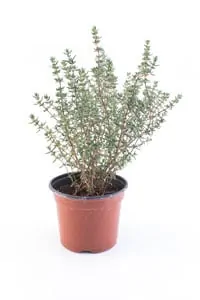
10. Sage
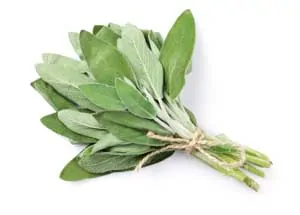
This herb is not fussy about where it’s planted, whether you have it outdoors or indoors, it doesn’t really matter, just as long as sunlight can peek through the window curtains or tree foliage outside.
You can really get the best out of them when you plant them in cups because it’s an ideal growing environment for them.
If you want to go halfway between outdoors and indoors, you can place them on the window sill or balcony and give them enough sunlight to last them till next time.
11. Lettuce
Surprised to know that lettuce can begin its growth in a cup? I was, because I’ve never seen it done!
But facts say they do and if you really want to, you will find that lettuce is one of the easiest seeds to grow in cups.
They’re not fussy where they grow, whether out in the open or balcony for full direct sunlight.
How do you plant them?
Simply plant in soil in cups and once there, you can shuffle them around for direct sunlight for uniform growth, it’s that easy!
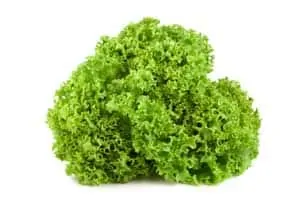
12. Quinoa

If you have a taste for whole-grain that starts its life in a cup, this is the plant for you. To make things easier, it’s also not picky about where it grows, so it’s a bit like lettuce which can grow both outdoors or indoors.
They are not demanding and easy to manage inside their cup planter environment. They can grow to about two feet high, taking up scant space, and are very easy to harvest.
13. Collard Greens
These plants grow well in the summer and winter months but you should ensure that you take them indoors out of the sunlight if things get heated up, especially in summer.
Sowing your plants in the summer is no problem but make sure you move them away from the direct rays of the summer sun when it gets too hot for your plants. In winter you may need to bring in artificial sunlight.
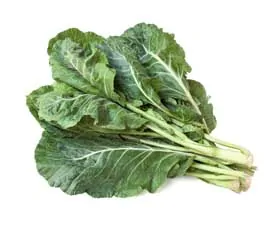
14. Pole Beans
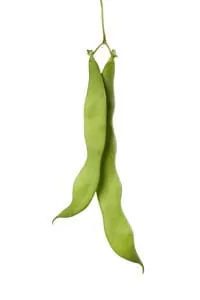
Like all the plants mentioned, pole beans can also grow well in cups. They are perfect plants to nurture along with other plant species that can also grow in restricted spaces.
Being taller and vine-like, pole beans can act as a sunshade to lower the heat on the plants.
They also love water but avoid adding too much. The same goes for sunlight.
Just a little sunlight can stimulate these beans to really grow but don’t get carried away and plant too many seeds in the same cup.
15. Sugar Snap Beans
This is another superb plant you can grow on its own or with other plants. The beauty is you can plant it in any season.
They are in high demand for use in recipes and at meals, so it’s a great idea to plant them in cups for quick growth and harvesting.
Outdoors is the ideal growing habitat so sunlight should be adequately available for nurturing plant growth.

16. Mushrooms

This spore-producing fungus with a soft cap and stalk adds taste and aroma to your food.
They also grow well in cups and aren’t particular about where they are in the field, on the balcony, in a planter by the window or the porch. Wherever you can grow them, you will produce this highly-popular fungus to zest up your dishes.
17. Asparagus
This is a very popular vegetable and to have it planted in your own home will be the envy of the neighbors who have to travel to the market to get their share. Planting them in a cup means you will have it available at your beck and call.
Plant them in a bigger cup for best results for the harvest season. They don’t need tending except for making sure they get a little sunshine each day.

18. Parsnips
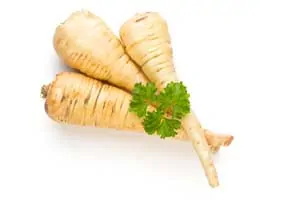
For those who have a preference for parsnips, it’s a cinch to grow them for a whole year and beyond. They’re very easy to grow first in cups.
For success in growing parsnips you’d need shallow cups, suitable soil, seeds and you’re set.
Drainage is essential, so place holes in the bottom of your cups to let water out. Sunlight the whole day and weeding after two weeks will help these plants grow well.
19. Artichokes
Only some water and sunlight will help grow this plant which tends to prefer to be a loner when growing and they do grow nicely in large cups.
A harvest from seeds planted in winter will be ready in the spring
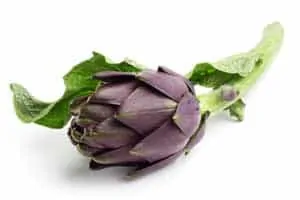
20. Green Onions
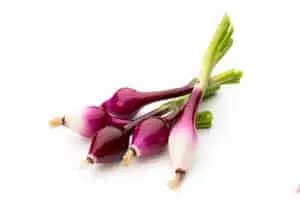
Similar to parsnips, green onions also prefer to be grown in shallow cups that allow space for proper growth.
It is of more benefit to harvest them when they are succulent young or they just become less succulent with more growth.
A combination of sunlight and sufficient water are perfect growing boosters.
21. Beets
Beetroot is one of the easiest vegetables to grow in cups in the first instant, with no tending needed. Simply plant the seed and wait until it is right to move to a larger habitat.
Always moisten the soil and make sure the plants are in full sunlight and given about one inch of water per week.

22. Broccoli
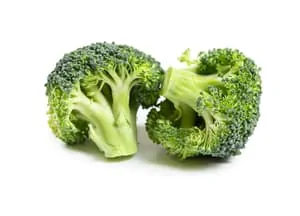
As a cool to winter season plant, broccoli is both strong and sentimental but it does grow well in cups.
Use large, shallow cups to allow for growth.
For best bulb results, plant in the spring for summer harvesting and late spring or early summer for harvesting in autumn.
23. Brussels Sprouts
Similar to broccoli, brussels sprouts are also a cool-season crop and can survive in cold temperatures.
It also grows well from a cup with planting usually taking place in the late spring for harvesting in the fall, with a maximum growing season of 120 days.
Winter planting indoors is ideal for harvesting in late spring or early summer.
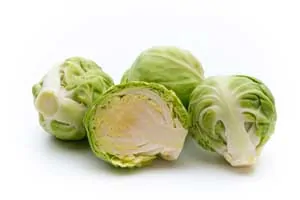
24. Celery
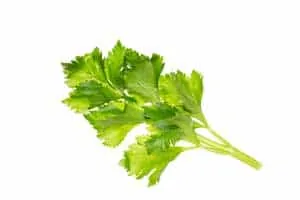
Avoid potting soil and use seed-starting mix in cups for starting off the seeds.
Make sure holes are made in the bottom of the planter cups for draining out water.
Three-inch high yogurt cups would be ideal planters.
Simply plant seeds below the soil or press seeds down into the soil surface and keep soil moist. Place your tray of cups under the sun and continue moistening until the seeds germinate.
25. Carrots
This popular vegetable finds cups with drainage holes a perfect haven for growing, regardless of the carrot seed.
After adding a suitable seed starting mix.
Bury the seeds close to the soil surface and make sure you water the soil mix deeply just before planting, so the soil is thoroughly drenched for the three-weeks stretch to germination ahead.
Some type of cover would be advisable to protect the plants.
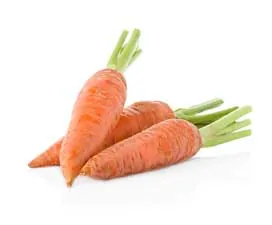
Final Thoughts
This is a novel and unique way of getting to grips with the reality that most, if not all, vegetable seeds can be grown in cups with excitement and great expectations.
We all need an extra morale booster and now that we’ve got it, let’s use it with a smile!
Related Questions
1. How Do You Grow Seeds In A Cup?
Try the following:
- Select a medium to large paper coffee cup and put holes in the bottom of the cup with a nail.
- Place rocks or pebbles at the bottom of the cup.
- Add three-quarters potting soil to the cup.
- Insert two seeds into the soil filled cup about a quarter-inch down.
- Water thoroughly checking that the drainage works.
- Relocate the cup with plants to a warm sport away from sunlight.
2. What Is The Easiest Plant To Grow From A Seed?
There’s been an official consensus that beans are the easiest plants to grow from seeds, followed by peas and pumpkins.
The remaining ten, easiest growing seeds are cucumbers, zinnias, cosmos, sunflowers, lettuce, radishes, and squash.
3. How Many Seeds Should You Plant In A Cup?
Only two seeds should be planted in each cup and placed in the center of the cup.
Refer to the seed packet for directions regarding the planting depth for the seeds and follow the instructions.
4. What Are The Best Seeds To Grow In A Classroom?
To assist in an experiment for children, it is best to use large seeds, which are simple for them to handle such as peas, beans, sunflower, and sweet corn seeds.
Other seeds that are suitable for growing in the classroom and using for experimental purposes include mustard, cress, mung bean, and wheat.









